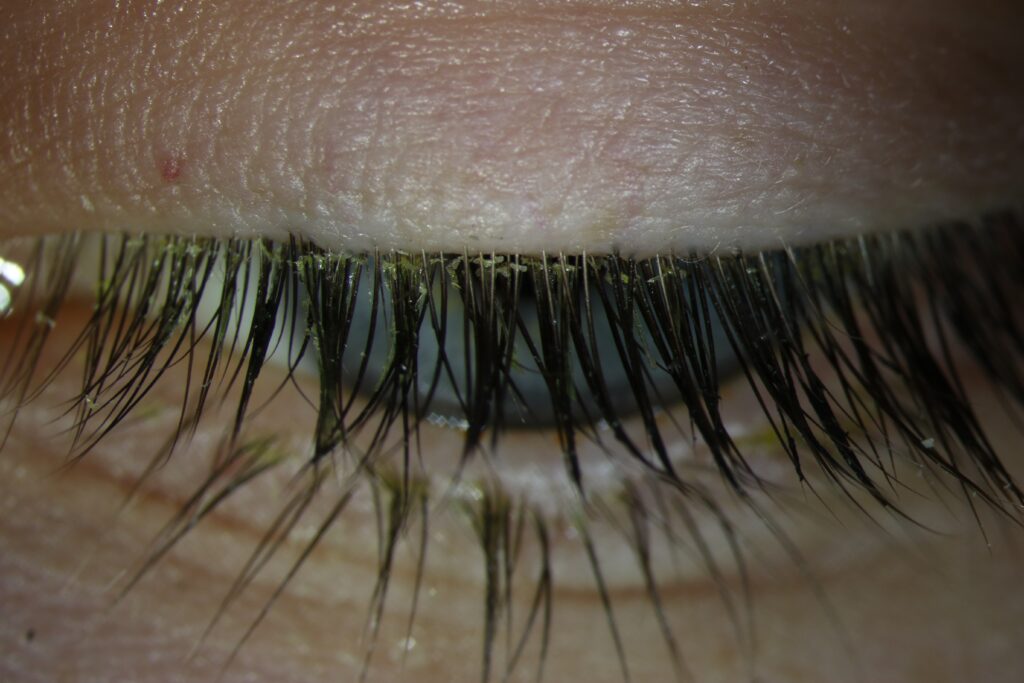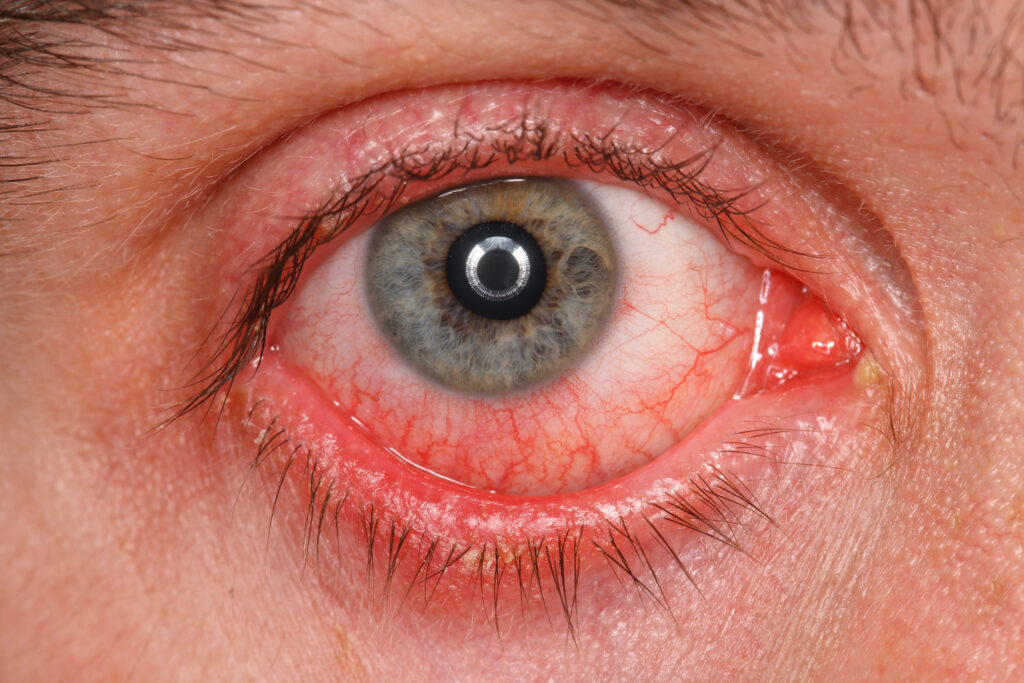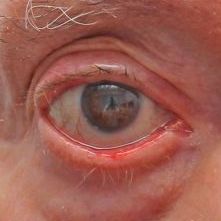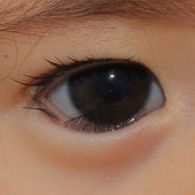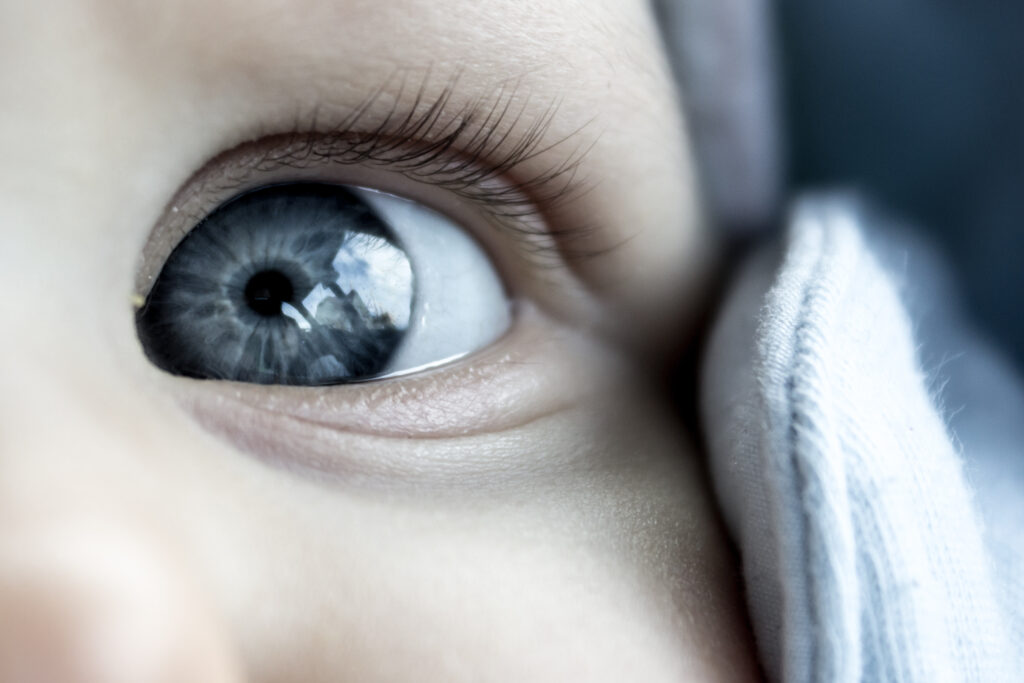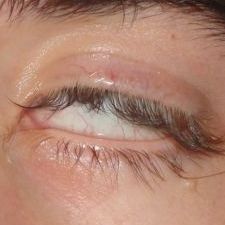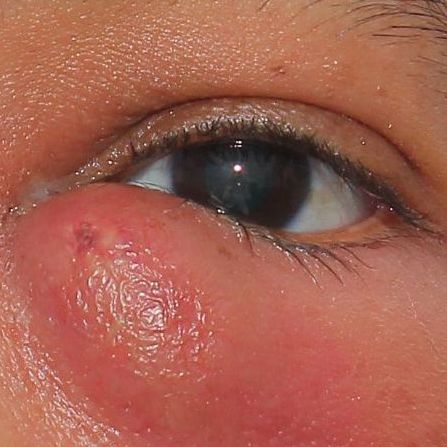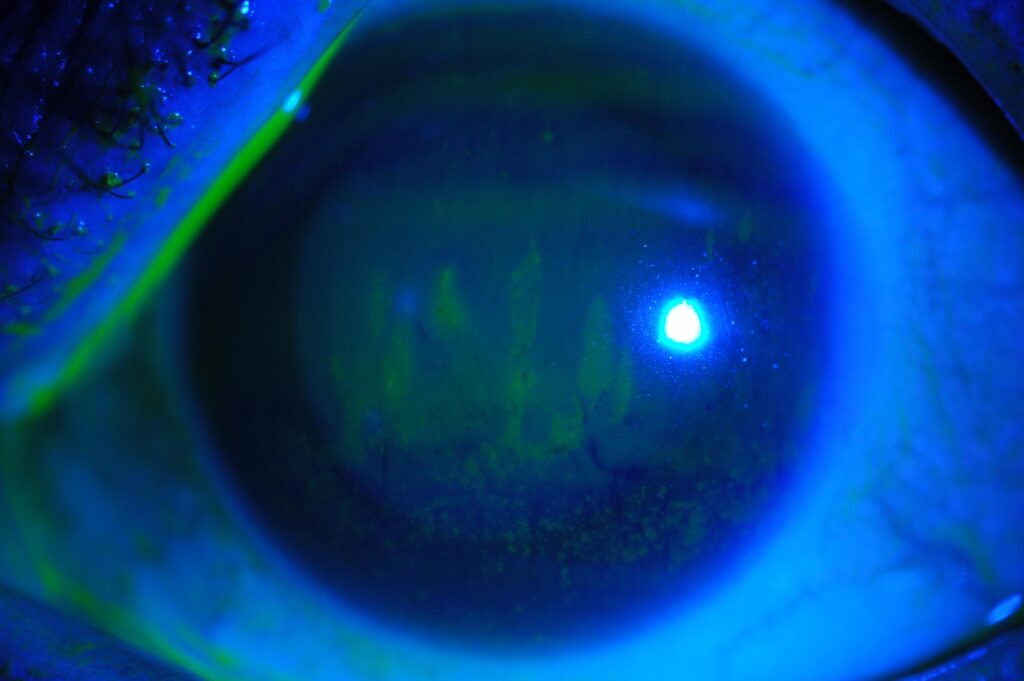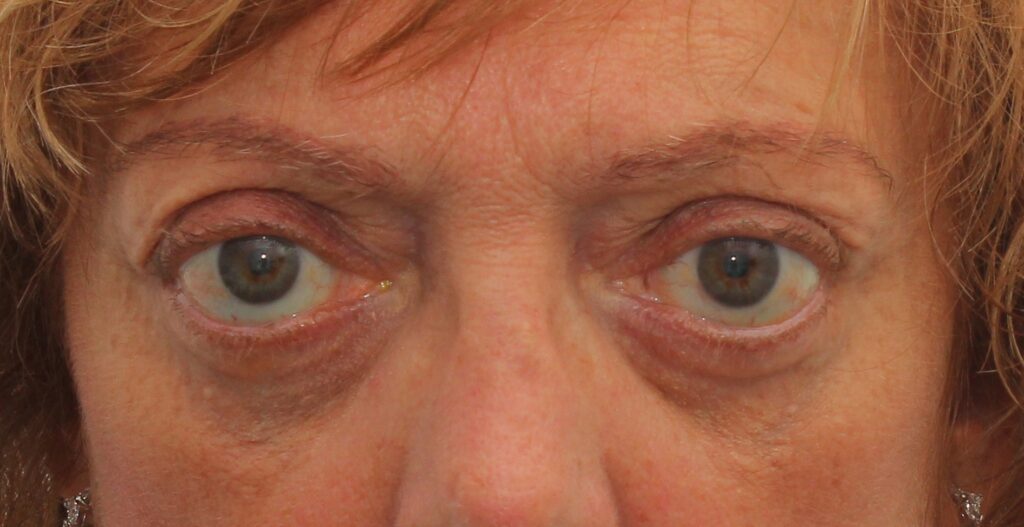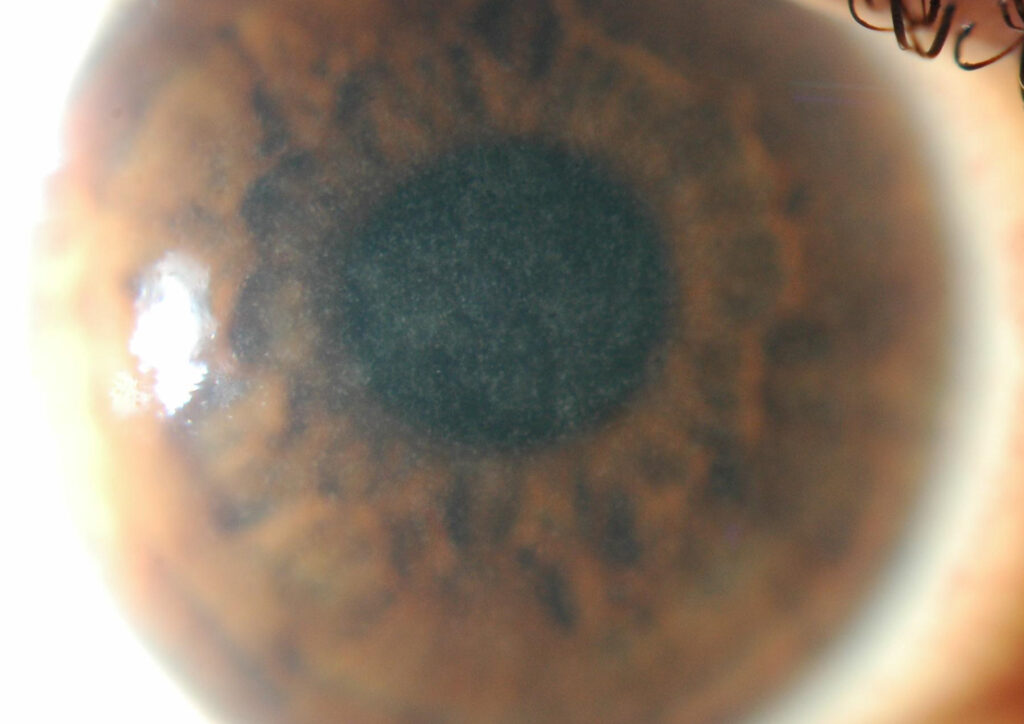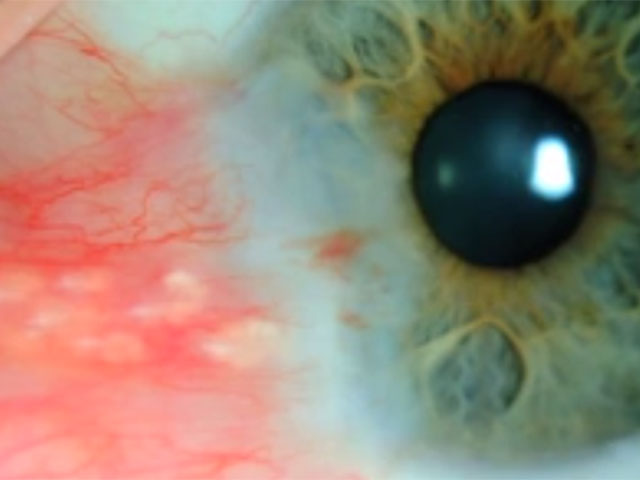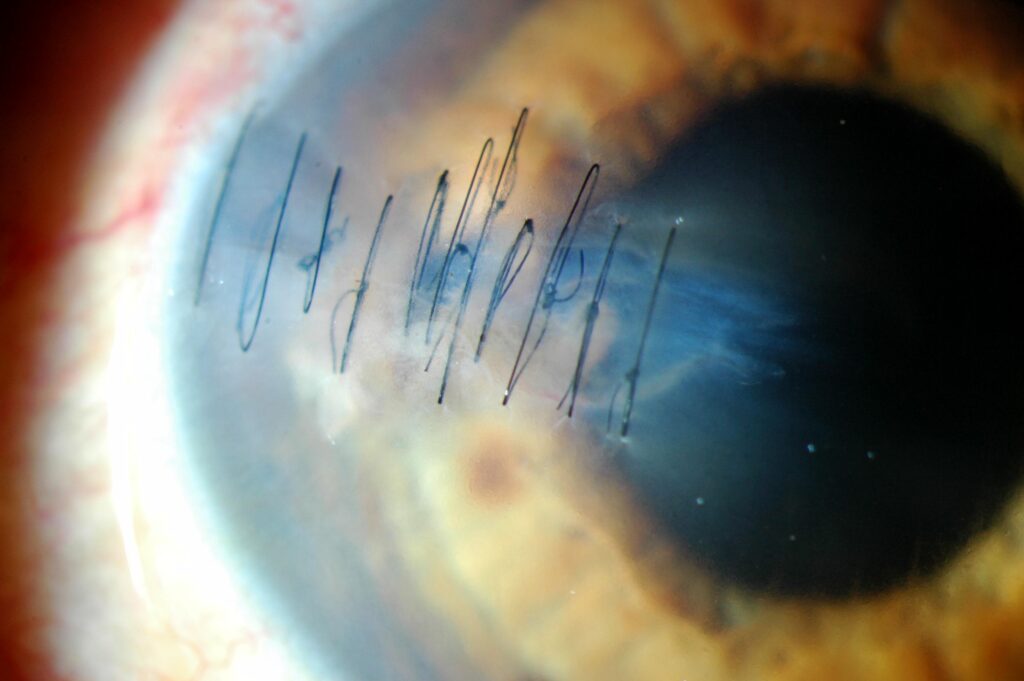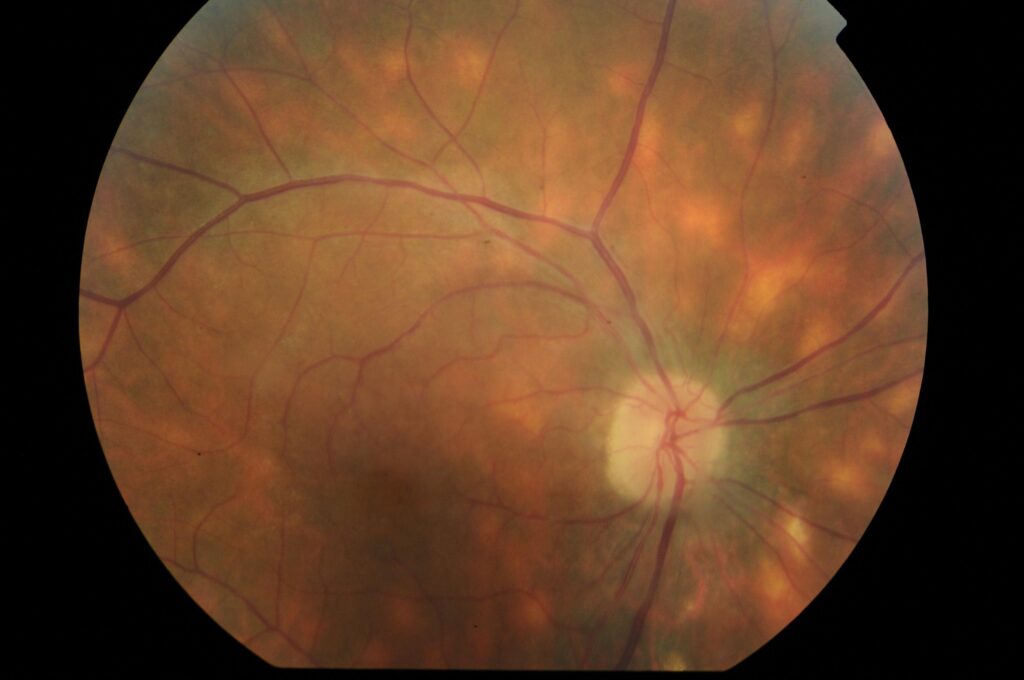Symptoms
Watery eyes
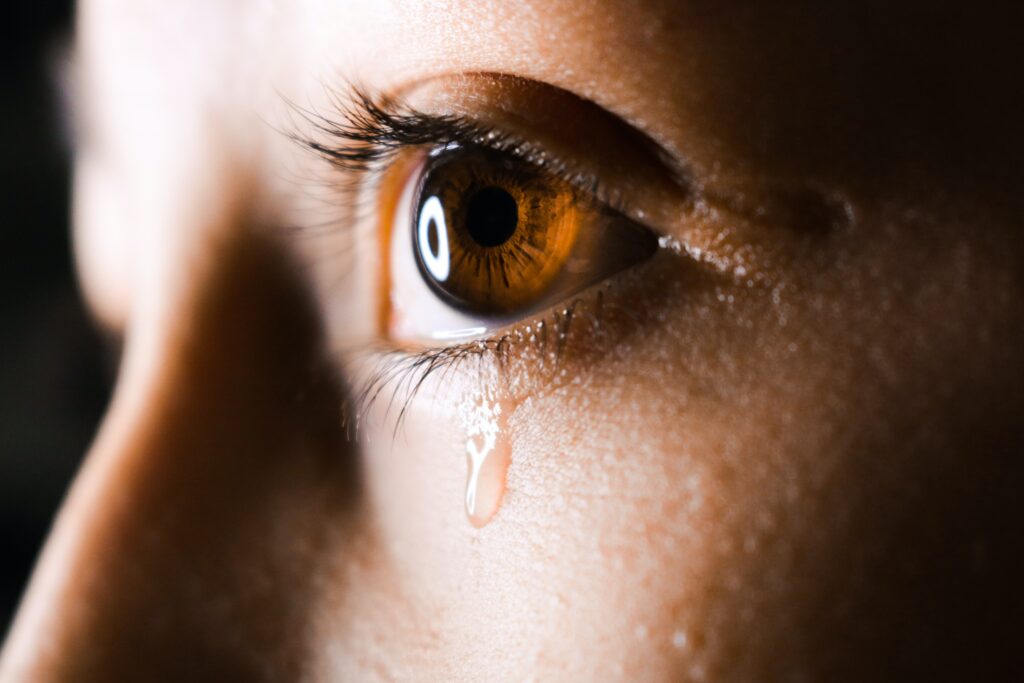
What is watery eyes?
Watery eyes, also called epiphora, is an eye disorder characterised by excessive and constant tearing, either due to excessive production of tears or to an obstruction in the drainage system of the tears, which causes them to overflow and fall outside the eyelid.
Associated pathologies
The most common cause of watery eyes is irritation of the eye surface due to trauma from blows, rubbing, glare … or the action of an irritating agent. After all, tears are designed to lubricate the eye surface, relieve irritation and help expel foreign objects that may have entered the eye (dust, make-up particles, splashes, detached eyelashes …). However, when the tearing is continuous and abundant, it may be due to different eye diseases.
The case of watery eyes associated with dry eye may be paradoxical, but, as dry eye irritates the eye surface, there is an overstimulation of the tear gland to produce tears in order to relieve this irritation. As dry eye is a chronic condition, tear production becomes constant, resulting in watery eyes or epiphora.
How do watery eyes affect you?
The most obvious manifestation of watery eyes is excessive, involuntary and uninterrupted tearing. This is usually accompanied by an infection of the lacrimal sac (dacryocystitis), reddening of the sclera (white part of the eyeball), inflammation and irritation of the eyelids, as well as fluctuating and blurred vision.
Moreover, the fact of continually drying your eyes is not only uncomfortable, but can also promote laxity and drooping of the eyelid.
What to do if you have watery eyes?
Watery eyes are a common problem that should not be overlooked, as it can significantly affect your quality of life and, with a good diagnosis, has an effective solution in most cases.
Treatment will depend on the cause of the excessive tearing. To determine this, we must carry out an assessment of the eye surface, which will allows us to rule out the existence of problems that may be causing excessive tear production. Most causes of allergic, irritative or infectious origin can be treated with medication in the form of topical eye drops.
However, if watery eyes are due to an obstruction of the tear duct, it should be restored by a surgery called dacryocystorhinostomy. On the other hand, if the reason for watery eyes is malformation or malposition of the eyelids, it will be necessary to resort to plastic and reconstructive surgery to correct them.
